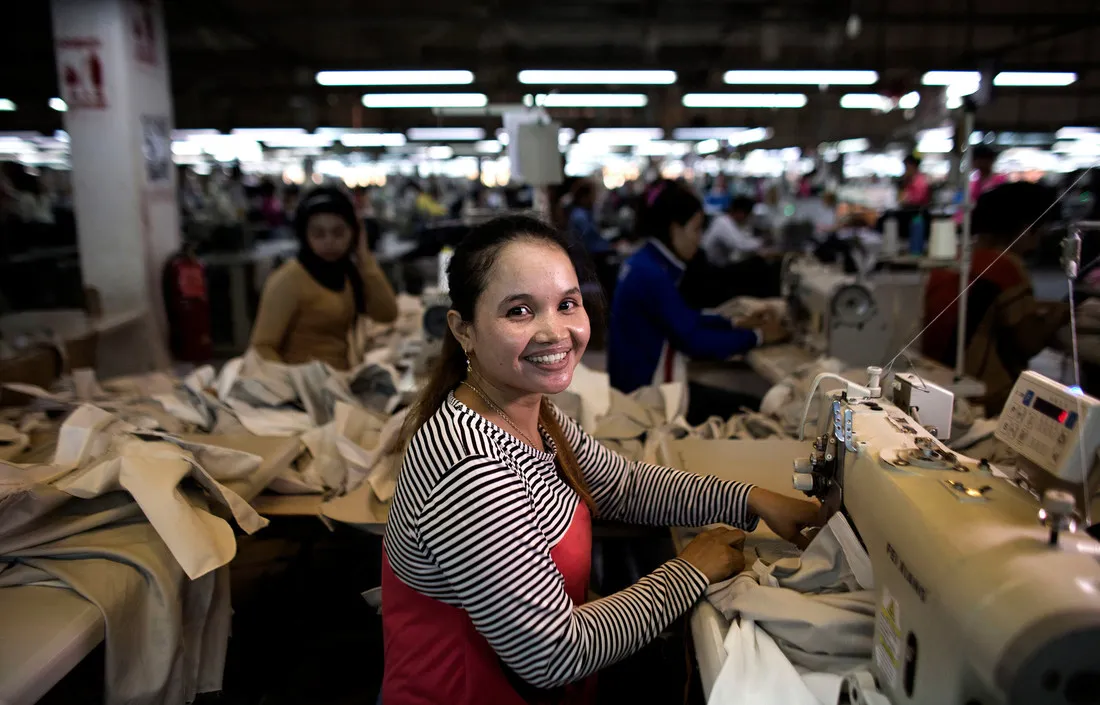Background
Global media has shown that sexual harassment can take place in any industry. The garment supply chain is no exception. The situation can change if women and men, workers and employers, join together to create work cultures of respect, where harassment is not tolerated. Around the world, this shift is starting to take place—and the garment industry can play an important role.
Companies worldwide are committing to ensuring their workers are valued, respected and free from violence in the workplace. Violence against women is a cost for national economies, industry and individual businesses. CARE’s research in Cambodia estimated the indirect costs of sexual harassment through reduced productivity, revenue loss, and missed days of work could add up to as much as USD $89 million per year.*
We published What works? Reducing Sexual Harassment in the Workplace: A Rapid Review of Evidence to support businesses wanting to change this.
Global brands are leading a shift to prevent and respond to harassment in their supply chains, investing in CARE’s sexual harassment prevention activities in factories they work with. We want to partner with more companies within the garment industry who wish to take steps to prevent sexual harassment in their value chains.

